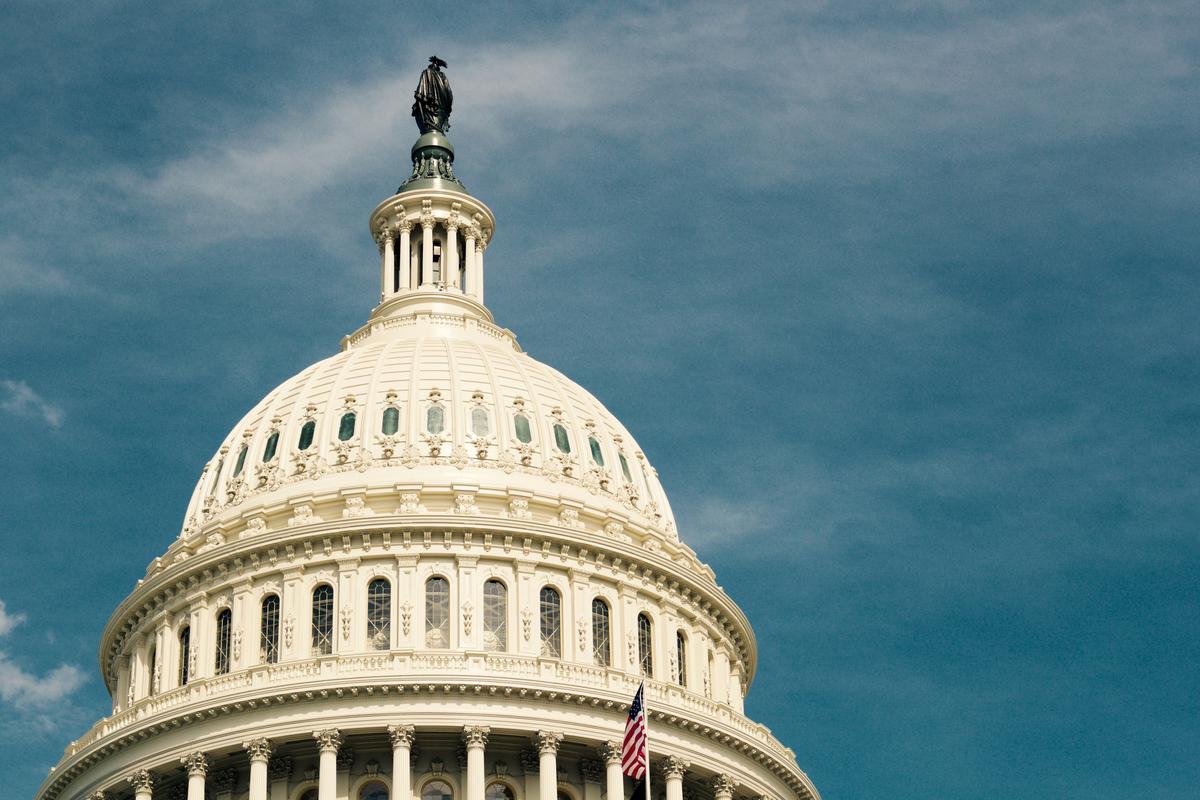For more than a century, the American west has been the final frontier, an uncharted territory, and the land of opportunity, expansion and the potential to build something new. For the life sciences and biotechnology sectors, this portrait of the west is as true now as ever.
A number of well-established health and pharmaceutical companies and brands built their 100-year legacies in New York, New Jersey and Boston. On the opposite coast, the City of South San Francisco proudly proclaims itself the birthplace of biotechnology and the industry’s hub, boasting of more than 200 biotech companies among its roster.
Although I am a native Californian, born and raised in San Jose, I’ve spent the last 12 years of my career working in New York and London. Having recently relocated “back home” to the San Francisco Bay Area, I know these world-class cities have much in common, but I am quickly experiencing some of their palpable differences:
Relationships
Relationships are, of course, at the heart of all our interactions, but that currency of connection seems to be even more prominent on the West Coast. There is a collegiate feel across life sciences in the west; relationships here are often established over hypotheses, disappointments and triumphs. As biotechnology leaders graduate from one company and branch off to start new niched ones, the comradery – and competition – of that fiercely connected environment doesn’t fade. This unique relationship dynamic may be the greatest fuel for the groundbreaking innovation we see from San Diego to Seattle.
Start-Up Mentality
The innovation, energy and technology on the West Coast evolves by the minute. There is an eagerness around meeting challenges in a new way. Industry leaders take risks in combining their knowledge of a highly regulated industry with often unscripted and unconventional pathways to drug discovery. This start-up mentality and drive are identifying and growing some of the most exciting therapeutic developments across disease areas like neurology, rare disease and oncology.
The Mashup
The mashup across the health and tech sectors in the west is not just a trend, it is a way of life. Tech companies like Google, Apple and Amazon are evolving into the health space, while health companies are expanding to include digital channels, platforms and products. Artificial intelligence and data algorithms are becoming commonplace within all sectors, and the lines between these verticals continue to blur.
The Implications
As these industry pillars converge and compound, how we communicate these changes and their impact on human health must evolve as well. Consumers and regulators alike rightfully have concerns about the use of personal data – and while not quite at biotech’s pace, regulatory oversight and constraints are developing rapidly as health data become even more commonplace, accessible and connected.
One thing remains consistent across the east and west for the life sciences industry: the demand for responsibility and transparency will only grow. As innovation is the standard and revolutionary advances become commonplace in life sciences, how a company approaches relationships, areas of interconnectivity and the mentality of radical growth will be what makes it stand out from the rest.
Jennifer Shaughnessy is senior vice president, Head of Biotech, San Francisco.







